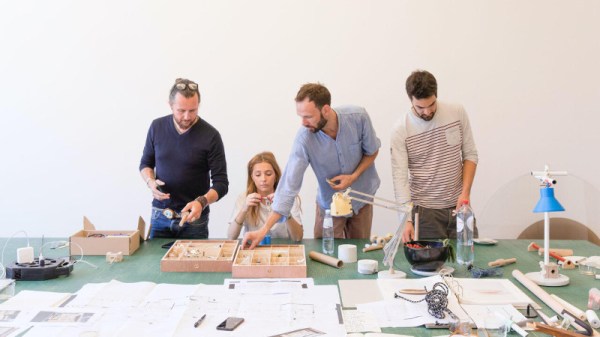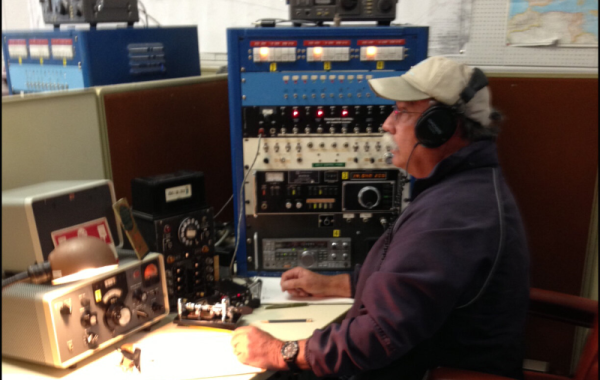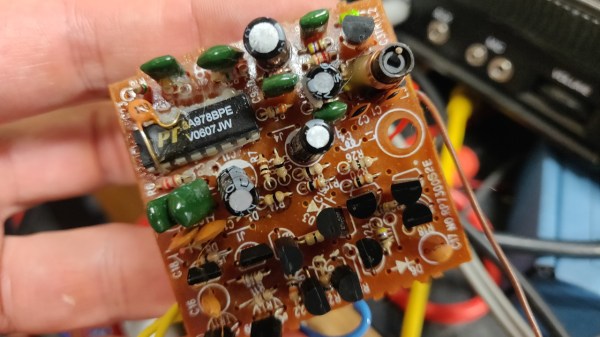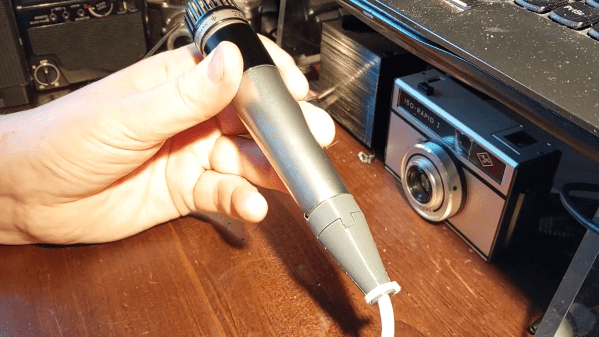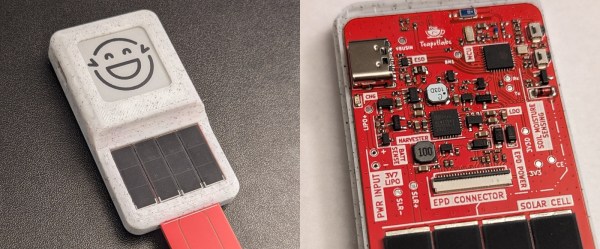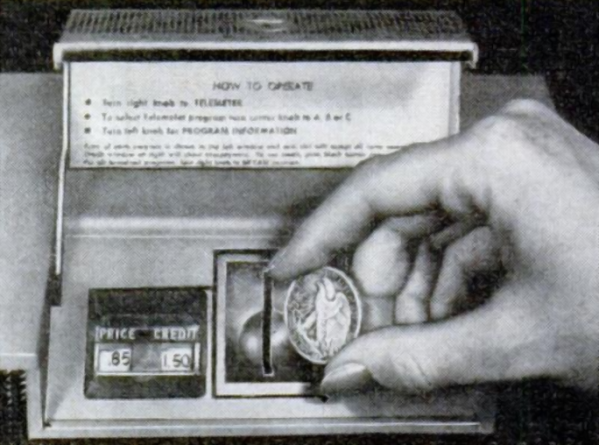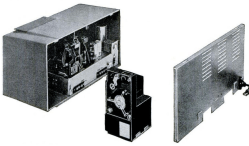The only thing makers like more than building things is making systems to build things. [Eric Hunting] has compiled a list of these modular building systems.
You’ve certainly heard of LEGO, grid beam, and 80/20, but what about Troxes or Clickaloo? The 70 page document has a helpful index at the beginning arranged in families of similar systems followed by information about each and some helpful links.
As the well-known XKCD comic likes to point out, the issue with standards is that they tend to proliferate instead of getting adopted, so this might be a good list to check before you start to implement your brilliant spin on modular construction. It’s possible the right system is already waiting for you.
The list certainly isn’t exhaustive, but it’s a good place to start. If you do have the modular building system that will solve all the world’s problems though, by all means, send it to the tipsline!

